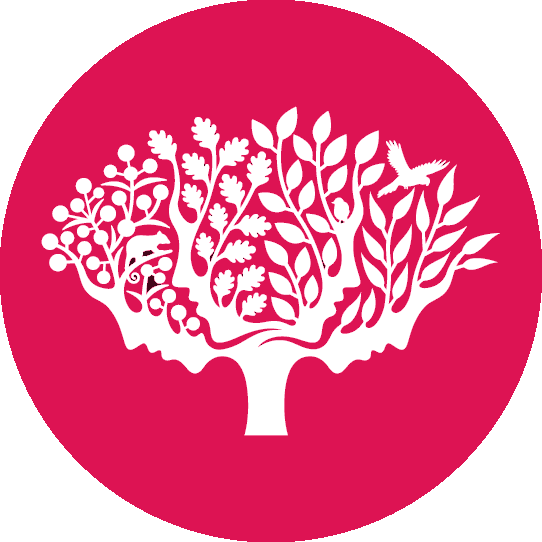Chaenostoma floribundum
Benth.Erect or ascending subshrub, 20–75 cm high; stem much-branched, puberulous below, ± viscid-pubescent above. Leaves opposite, ovate to elliptic, 6–50 mm long, 5–30 mm wide, obtuse or nearly rounded, cuneate at base, margins dentate, glandular-puberulous or shortly pubescent on both surfaces; petioles to 25 mm long. Inflorescences leafy terminal panicles; bracts lanceolate or subulate, mostly acute, entire or with occasional teeth, pubescent. Calyx 4–8 mm long, 5-lobed, hispid or pubescent; corolla 6–13 mm long, white or orange and white. Capsule ovoid or oblong, 3–4 mm long.
Native to South Africa. Collected in Dec. 1908 from Coode Island near the mouth of the Yarra River and has not been reported since and is probably extinct in Victoria. It is not known if the plant was from cultivated stock or if seed may have been deposited on Coode Island with ballast sand - the common source for many species that were collected there in the early 20th Century.
